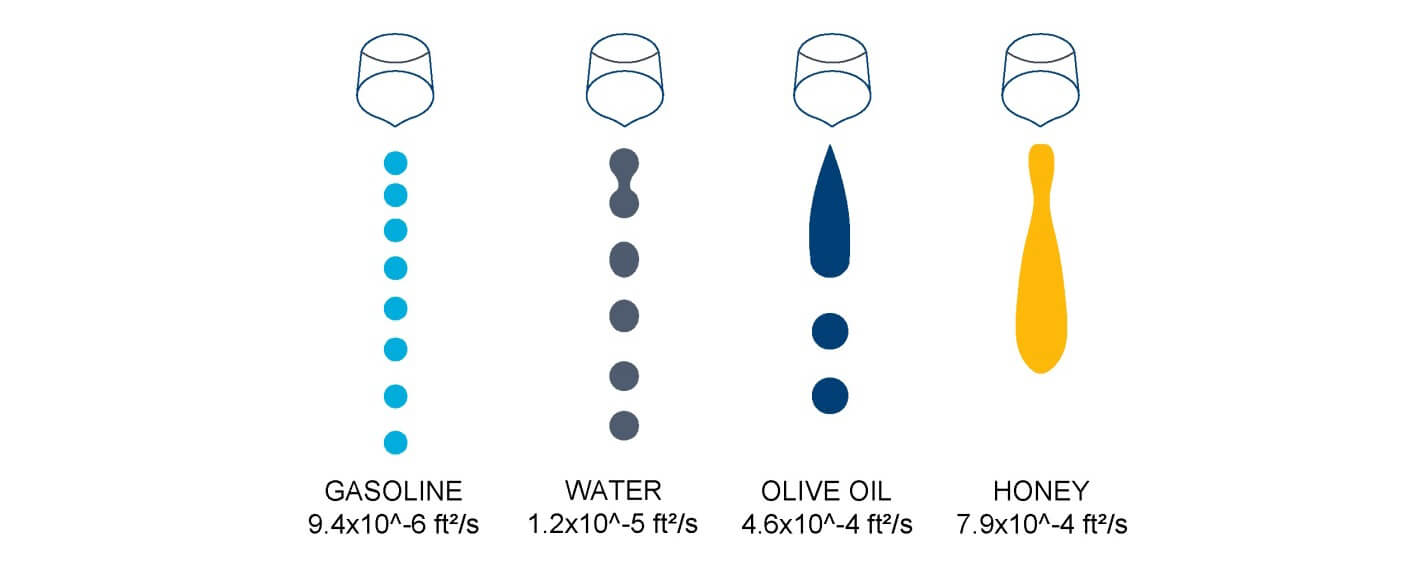
Engineering Pro Guides is your guide to passing the Mechanical & Electrical PE and FE Exams
Engineering Pro Guides provides mechanical and electrical PE and FE exam technical study guides, practice exams and much more. Contact Justin for more information.
Email: contact@engproguides.com
EXAM TOOLS
Fluid Mechanics (4 of 80 Problems)
Introduction
Fluid Mechanics accounts for approximately 4 questions on the HVAC & Refrigeration Mechanical PE exam. .
The fluid mechanics principles section accounts for 4 questions. These questions can cover any of the topics below. Fluid properties describe the density, viscosity, kinematic viscosity, specific gravity and much more. Other properties are described in other sections of this book. In order to be prepared for questions on Fluid properties you need to understand what these properties describe, its units and where to find the properties of common fluids.
Fluid Properties
During the exam you will need to be able to find and use fluid properties to complete many problems. You should be very familiar with your resources and where to find these fluid properties. As you go through these descriptions of the important fluid properties, look through your Mechanical Engineering Reference Manual and your Schaum’s Thermodynamic Fluid Mechanics. Tag the appendices that contain these properties and recognize the units. The key is to not waste time looking for fluid properties and to not make mistakes when solving a problem due to incorrect units.
Density:
The density of a substance is its mass per unit volume, basically how heavy is something in one cubic foot or one cubic meter. The density of a fluid is measured as a weight per unit volume. Specific volume is the inverse of density and is measures as a volume per unit mass.Viscosity:

The viscosity of a fluid describes the fluids resistance to flow. Viscosity is measured in cP or centipoises and is represented by the variable, µ or mu. Viscosity is measured with a device called a viscometer. There are many different types of viscometers, but each typically has the fluid moving past/through an object or it has the object moving through the fluid. The time of travel will vary based on the viscosity of the fluid. For example, water has a viscosity of ~1.00 cP (centipoises) at 68° F, while syrup has a viscosity of ~1400 cP and air has a viscosity of ~.01827 cP.
There are two types of viscosities, dynamic (absolute) viscosity and kinematic viscosity. The previously discussed viscosity µ is dynamic viscosity. Kinematic viscosity describes the ratio of the fluids resistance to flow (dynamic viscosity) to the fluids density. Kinematic viscosity is indicated by the symbol, v or nu.
Kinematic viscosity has the units ft^2/s as shown above. Viscosities of water have been included below for your convenience.
Specific Gravity:
Specific gravity is the term used to describe the ratio between a fluid’s density compared to the density of water. Water has a specific gravity of 1.0.